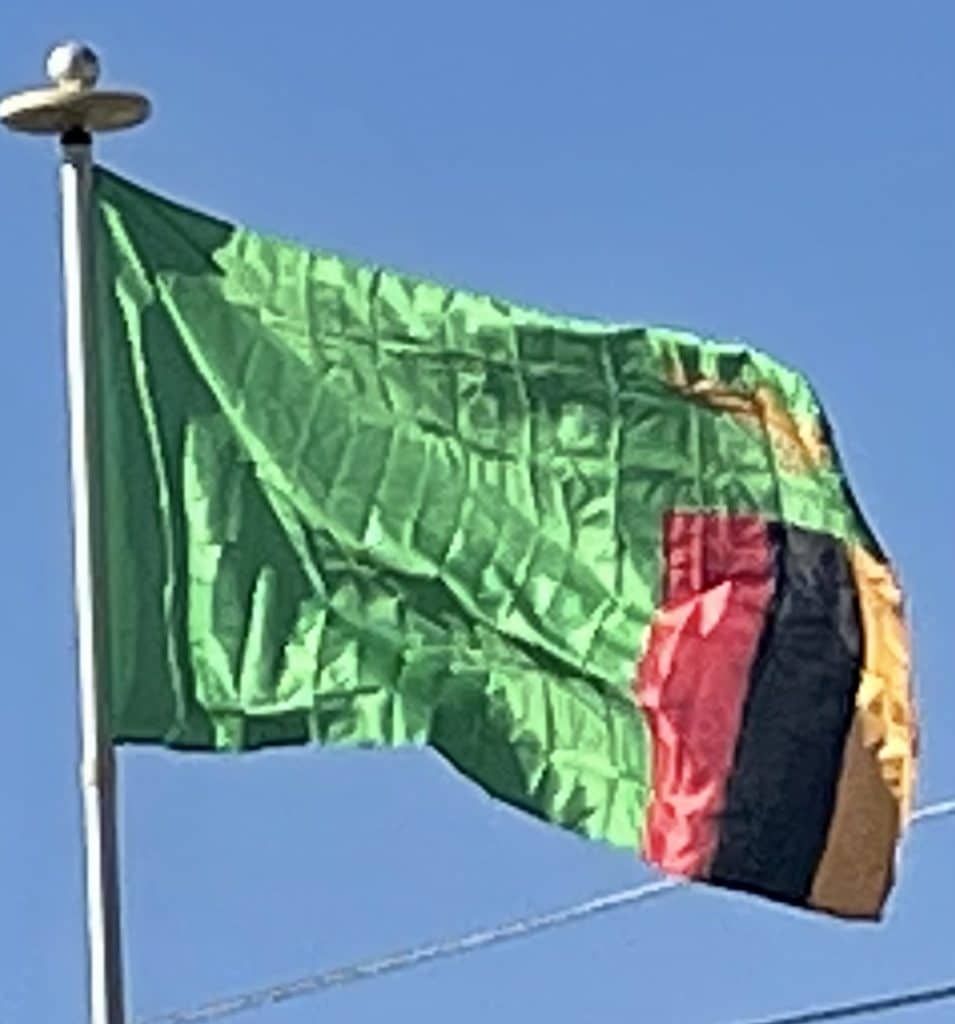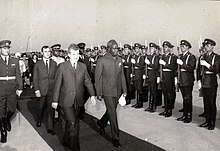

Zambia

Other European visitors followed in the 19th century. The most prominent of these was David Livingstone, who had a vision of ending the slave trade through the “3 Cs”: Christianity, Commerce, and Civilization. He was the first European to see the magnificent waterfalls on the Zambezi River in 1855, naming them the Victoria Falls after Queen Victoria of the United Kingdom. He described them thus: “Scenes so lovely must have been gazed upon by angels in their flight”.
Locally the falls are known as “Mosi-o-Tunya” or “thundering smoke” in the Lozi or Kololo dialect. The town of Livingstone, near the Falls, is named after him. Highly publicized accounts of his journeys motivated a wave of European visitors, missionaries and traders after his death in 1873.
British South Africa Company:
In 1888, the British South Africa Company (BSA Company), led by Cecil Rhodes, obtained mineral rights from the Litunga of the Lozi people, the Paramount Chief of the Lozi (Ba-rotse) for the area which later became Barotziland-North-Western Rhodesia.

North-Eastern Rhodesia and Barotziland-North-Western Rhodesia were administered as separate units until 1911 when they were merged to form Northern Rhodesia, a British protectorate. In 1923, the BSA Company ceded control of Northern Rhodesia to the British Government after the government decided not to renew the company’s charter.
British colonization:
In 1923, Southern Rhodesia (now Zimbabwe), a conquered territory which was also administered by the BSA Company, became a self-governing British colony. In 1924, after negotiations, the administration of Northern Rhodesia transferred to the British Colonial Office.
Federation of Rhodesia and Nyasaland:
In 1953, the creation of the Federation of Rhodesia and Nyasaland grouped together Northern Rhodesia, Southern Rhodesia, and Nyasaland (now Malawi) as a single semi-autonomous region. This was undertaken despite opposition from a sizeable minority of the population, who demonstrated against it in 1960–61. Northern Rhodesia was the center of much of the turmoil and crisis characterizing the federation in its last years. Initially, Harry Nkumbula‘s African National Congress (ANC) led the campaign, which Kenneth Kaunda‘s United National Independence Party (UNIP) subsequently took up.
Independence:

The federation was dissolved on 31 December 1963, and in January 1964, Kaunda won the only election for Prime Minister of Northern Rhodesia. The Colonial Governor, Sir Evelyn Hone, was very close to Kaunda and urged him to stand for the post. Soon after, there was an uprising in the north of the country known as the Lumpa Uprising led by Alice Lenshina – Kaunda’s first internal conflict as leader of the nation.